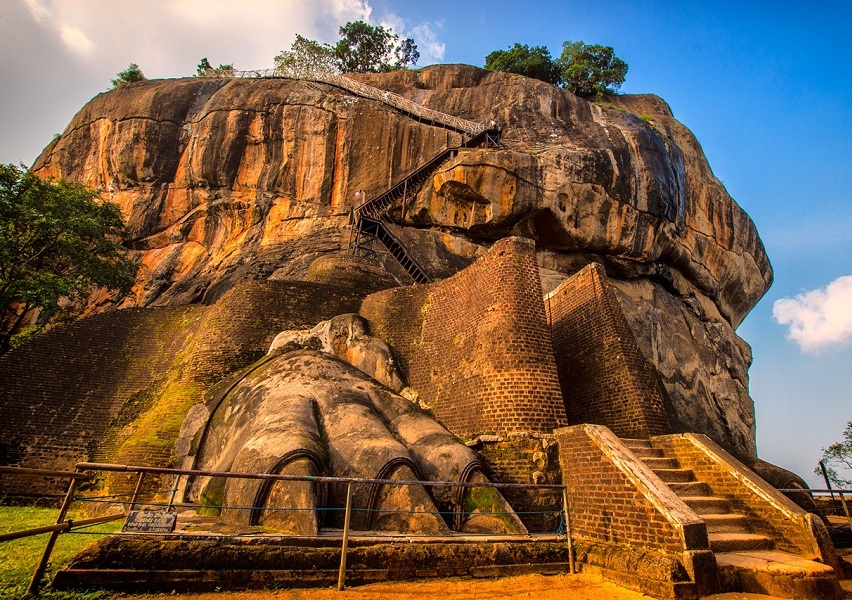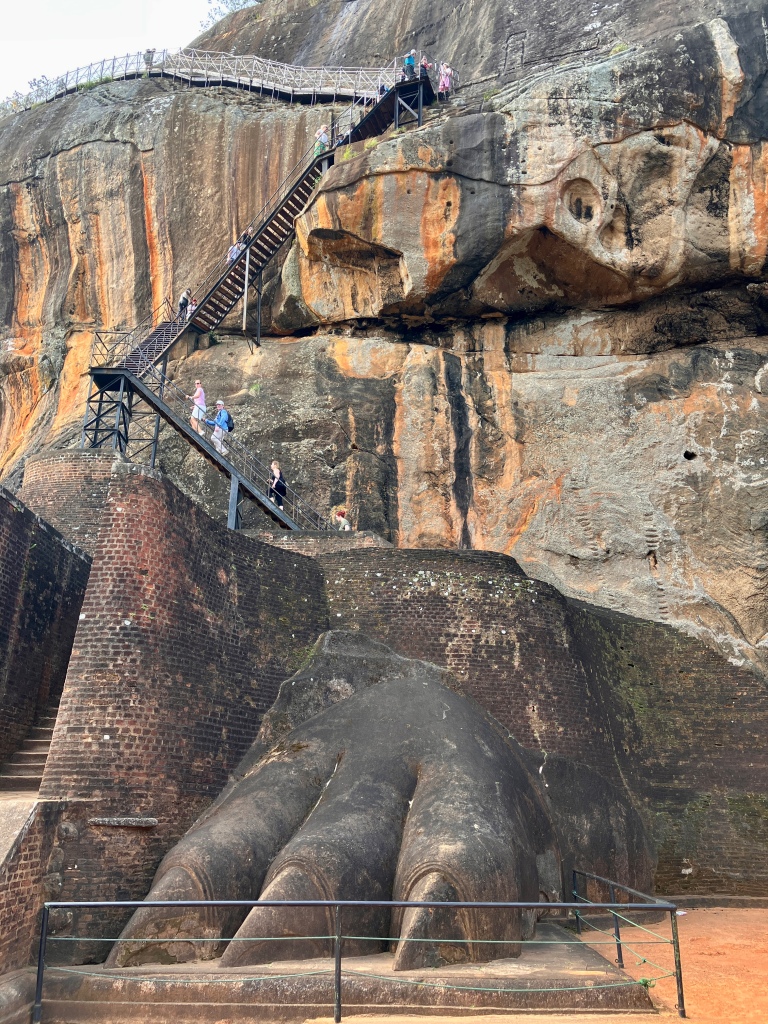A Glimpse into Sigiriya’s Historical Significance
Sigiriya, one of Sri Lanka’s most iconic historical landmarks, stands as a testament to the island’s rich past and the remarkable achievements of its ancient civilizations. Dating back to the fifth century, this ancient city was once the capital of King Kashyapa (477–495 AD), who chose this towering 200-meter-high granite rock as the centerpiece of his kingdom. The transformation of this natural formation into a royal citadel was a visionary feat, blending natural beauty with advanced urban planning and architecture.

The Engineering Marvel of Sigiriya
What makes Sigiriya truly extraordinary is the sheer ingenuity that went into its construction. The site is surrounded by moat and wall fortifications, designed to protect the kingdom from potential invaders. These defenses were not only a sign of Kashyapa’s military acumen but also demonstrated the strategic importance of the site’s location. The use of landscaped water gardens, complete with fountains, ponds, and terraces, shows a sophisticated understanding of hydraulic engineering—a testament to the expertise of ancient Sri Lankan engineers.

The water gardens were designed to be both functional and aesthetically pleasing, serving as a retreat for the royal court while showcasing the technical prowess of the kingdom. Archaeological evidence suggests that these water systems were connected to a complex network of reservoirs, highlighting the advanced nature of water management during this period.
The Enigmatic Frescoes: Celestial Maidens of Sigiriya
At the heart of Sigiriya’s artistic allure are the famous frescoes, often referred to as the “Sigiriya Damsels.” These paintings, located on the rock face, depict celestial maidens in vibrant hues of red, gold, and blue, their delicate forms captured in flowing movements. The frescoes are believed to represent either goddesses or royal courtiers, symbolizing beauty, grace, and divine presence. These murals have been hailed as masterpieces of ancient art, displaying a level of artistry that is unparalleled in the region.

The frescoes are not just decorative; they hold religious and cultural significance. Some historians suggest that the figures may represent aspects of fertility or spiritual devotion, reflecting the interconnectedness of art and spirituality in ancient Sri Lanka.
The Royal Palace at the Summit: A Symbol of Power
The summit of the Sigiriya rock once housed the royal palace, where King Kashyapa and his court resided. The palace was strategically placed to offer a commanding view of the surrounding plains, symbolizing Kashyapa’s control over his kingdom. The elevated position also provided defensive advantages, making it nearly impossible for enemies to launch a surprise attack.
The remains of the palace complex include the foundation of the king’s chambers, bathing pools, and royal gardens, all constructed with a blend of practicality and grandeur. The location and design of the palace highlight the fusion of power, aesthetics, and strategic thinking that defined King Kashyapa’s reign.
Sigiriya’s Dual Legacy: A Palace and a Monastic Complex
While Sigiriya is renowned as a royal capital, its significance extends beyond the reign of Kashyapa. After the fall of his kingdom, Sigiriya became a Buddhist monastic complex, with monks occupying the rock for centuries. The site’s spiritual transformation underscores the enduring importance of Sigiriya as a place of religious and cultural reverence.

The blending of royal and religious elements gives Sigiriya a unique dual legacy—both a symbol of political power and a site of spiritual contemplation. This combination makes Sigiriya a valuable part of Sri Lanka’s cultural and historical narrative.
Conclusion: A Timeless Wonder of Ancient Sri Lanka
Sigiriya stands as a remarkable example of the architectural and artistic brilliance of ancient Sri Lanka. Its enduring legacy as both a royal palace and a monastic complex makes it one of the country’s most important historical landmarks. The frescoes, fortifications, water gardens, and royal palace reflect not only the vision of King Kashyapa but also the cultural sophistication of the civilization he ruled.
For travelers and history enthusiasts alike, Sigiriya offers a journey back in time—a chance to witness the fusion of nature, art, and architecture in one of the most captivating landscapes in the world.

